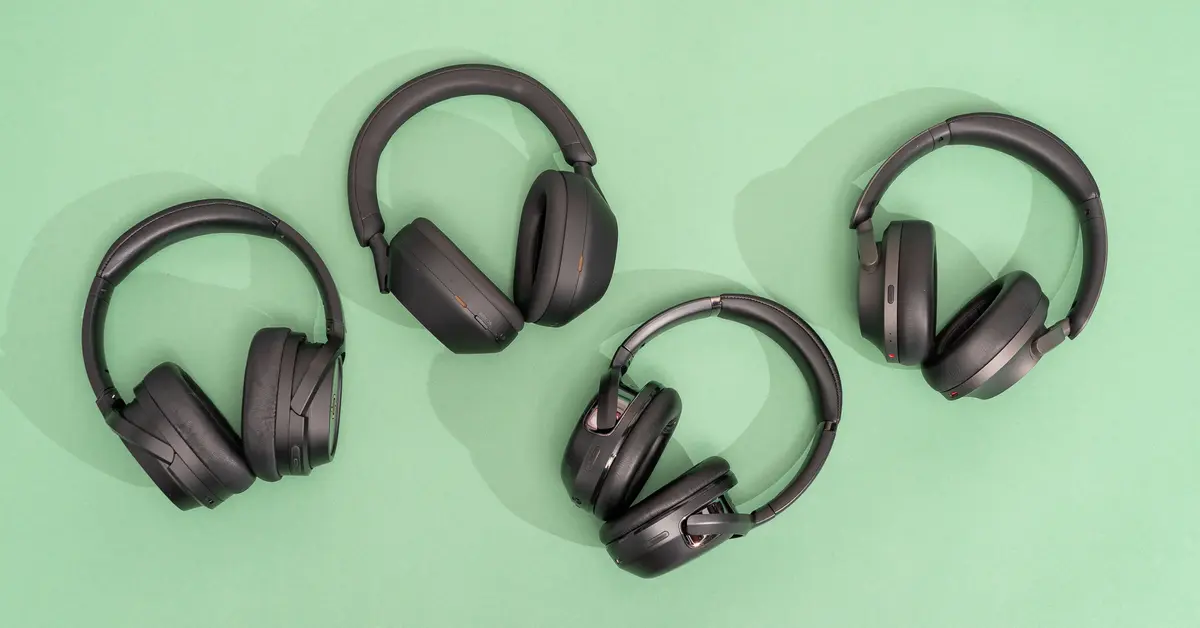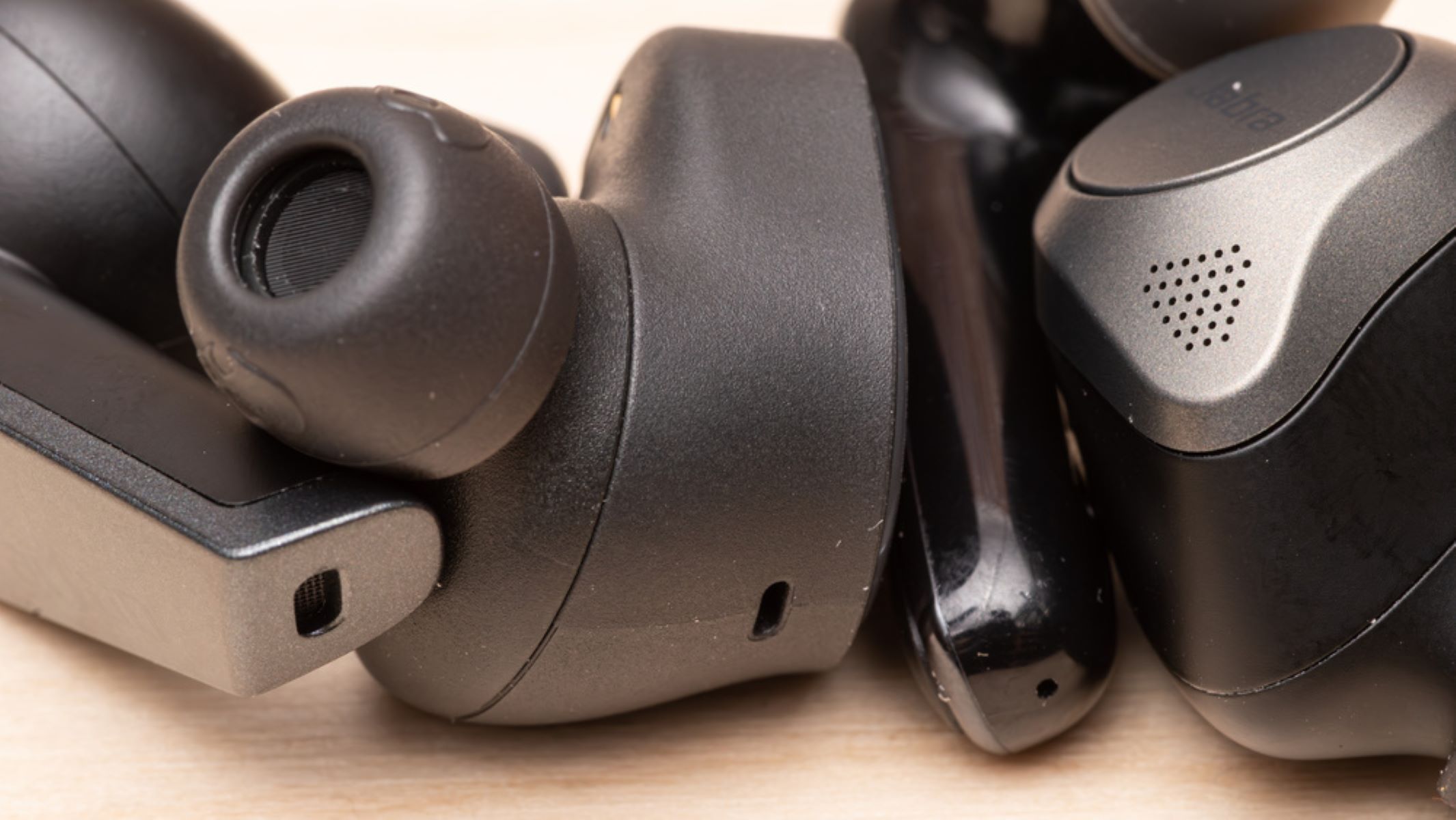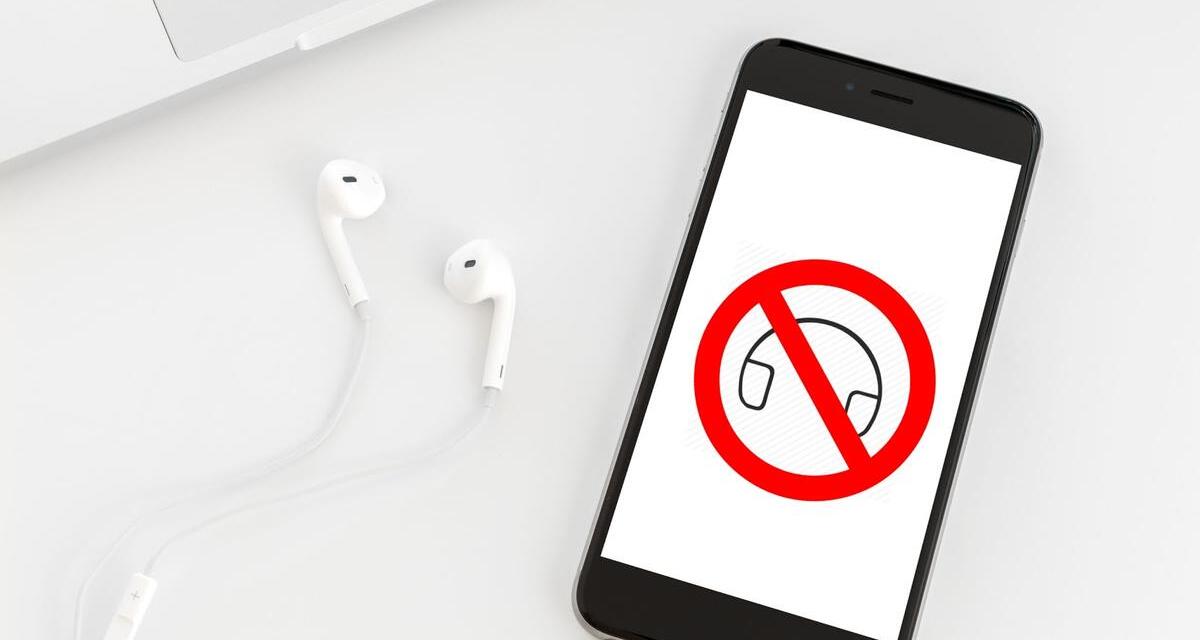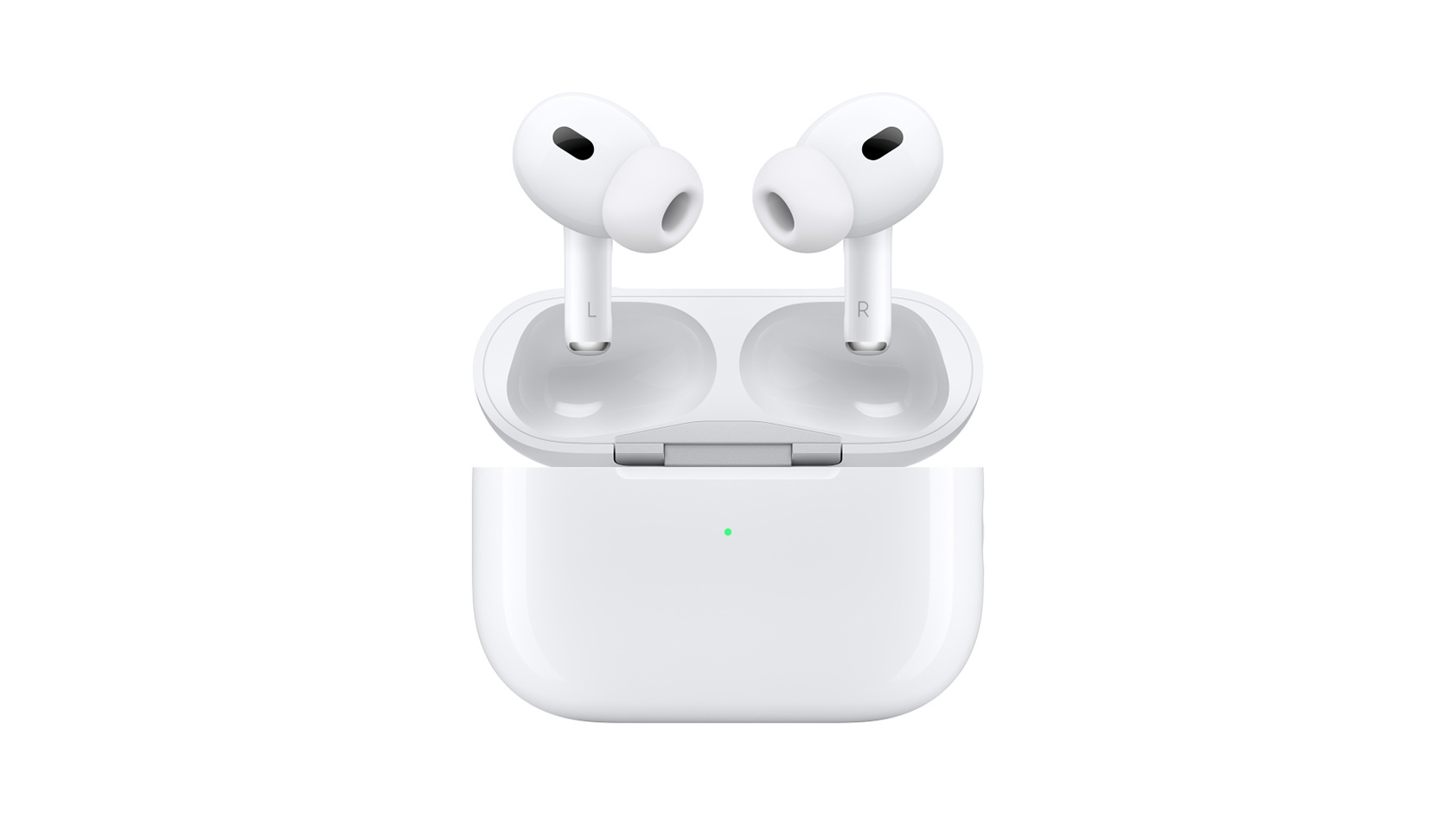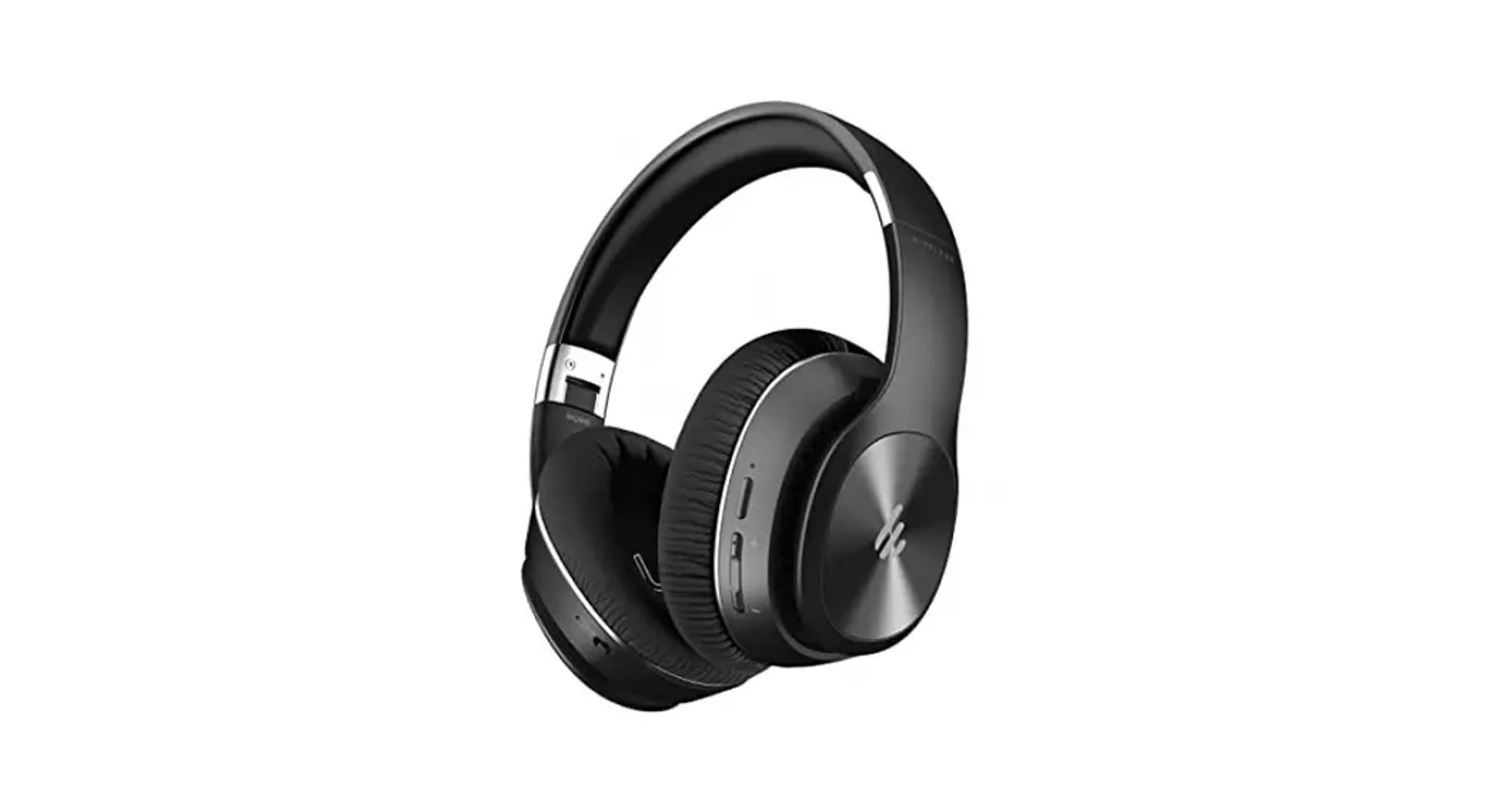Understanding Headset Mode on Android Devices
Headset mode on Android devices is a feature that automatically activates when a headset or earphones are plugged into the headphone jack. This mode is designed to optimize audio settings for headphone use, providing a tailored listening experience. When the device detects the insertion of a headset, it switches from the default speaker output to the headphone output, ensuring that audio is directed to the connected device.
In headset mode, the device's audio settings are adjusted to accommodate the characteristics of headphones, such as impedance and sensitivity. This optimization aims to deliver clear and balanced sound, enhancing the overall audio experience for the user. Additionally, headset mode often includes features like microphone support for hands-free calling and media control buttons on the headphone cord.
Android devices recognize the presence of a headset through the detection of specific electrical signals from the headphone jack. Once the headset is disconnected, the device should seamlessly transition back to its default audio output, typically the built-in speakers.
Understanding the mechanics of headset mode is essential for troubleshooting audio-related issues on Android devices. It provides insight into how the device manages audio output and input, enabling users to effectively address any challenges related to headset detection and audio playback.
By comprehending the functionality of headset mode, users can navigate potential issues with confidence and explore effective solutions for optimizing their audio experience on Android devices.
Common Issues with Exiting Headset Mode
-
Stuck in Headset Mode: One common issue encountered by Android users is the device getting stuck in headset mode even after the headphones are unplugged. This can lead to frustration as the device continues to route audio through the non-existent headset, resulting in no sound from the built-in speakers.
-
Audio Playback Interruptions: Another prevalent issue is the interruption of audio playback when the device fails to recognize the removal of the headset. This can disrupt the user experience, especially when attempting to switch from headphone use to speaker output.
-
Microphone Malfunction: In some cases, users may encounter problems with the device's microphone functionality after unplugging the headset. This issue can hinder hands-free calling and voice input, impacting the overall usability of the device.
-
Inconsistent Detection: Devices may exhibit inconsistent behavior in detecting the insertion and removal of headsets, leading to uncertainty regarding the active audio output source. This inconsistency can cause inconvenience and disrupt the seamless transition between headphone and speaker usage.
-
Limited Audio Control: Users may experience limitations in controlling audio playback and volume settings when the device fails to exit headset mode effectively. This can affect the user's ability to adjust audio settings according to their preferences.
-
Impact on Notifications: Failure to exit headset mode can also impact the delivery of notifications, as the device may continue to prioritize audio output through the phantom headset, potentially causing users to miss important alerts and calls.
These common issues with exiting headset mode can significantly impact the user experience, leading to frustration and inconvenience. Addressing these challenges effectively requires a combination of troubleshooting techniques and practical tips to ensure a seamless transition between headset and speaker modes on Android devices.
Tips for Exiting Headset Mode with Ease
Exiting headset mode on Android devices can be a straightforward process when equipped with the right knowledge and techniques. Here are practical tips to facilitate a seamless transition from headset to speaker mode:
-
Restart the Device: A simple yet effective approach is to restart the Android device after unplugging the headset. This action can help reset the audio settings and prompt the device to recognize the removal of the headset, facilitating a smooth transition back to speaker output.
-
Insert and Remove the Headset: In some cases, reinserting the headset and then removing it again can trigger the device to re-evaluate the audio output, effectively prompting it to exit headset mode. This method can serve as a manual reset for the audio configuration, allowing the device to revert to its default speaker output.
-
Use a Headset with a Call Button: If available, using a headset with a call button or media controls can aid in signaling the device to switch audio output sources. Pressing the call button or media controls after unplugging the headset can prompt the device to recognize the transition and exit headset mode.
-
Utilize the Sound Settings: Navigating to the sound settings on the Android device provides an opportunity to manually adjust the audio output. By accessing the sound settings, users can verify and modify the audio output source, ensuring that the device switches back to the built-in speakers after unplugging the headset.
-
Enable Airplane Mode: Temporarily enabling airplane mode on the device and then disabling it can trigger a reevaluation of the audio settings, potentially prompting the device to exit headset mode. This method leverages the reinitialization of system functions to facilitate a smooth transition to speaker output.
-
Utilize Third-Party Apps: Exploring third-party apps designed to manage audio settings and outputs can offer additional control and customization options. These apps may provide specific features to address headset mode issues and streamline the process of exiting this mode with ease.
-
Update System Software: Ensuring that the Android device's system software is up to date is crucial for addressing potential bugs and compatibility issues related to headset mode. Installing system updates can introduce fixes and optimizations that enhance the device's audio management capabilities.
By implementing these tips, users can navigate the process of exiting headset mode with ease, effectively resolving common issues associated with audio output transitions on Android devices. These practical techniques empower users to optimize their audio experience and seamlessly switch between headphone and speaker modes, enhancing overall usability and convenience.
Conclusion
In conclusion, understanding the intricacies of headset mode on Android devices is pivotal for effectively addressing common issues and optimizing the audio experience. The seamless transition between headphone and speaker modes plays a significant role in enhancing user convenience and ensuring a consistent and enjoyable audio playback experience.
By delving into the mechanics of headset mode, users gain valuable insights into the audio optimization processes triggered by the insertion and removal of headsets. This understanding empowers individuals to troubleshoot potential challenges related to headset detection, audio playback interruptions, microphone functionality, and audio control, fostering a proactive approach to managing audio output on their Android devices.
The practical tips provided for exiting headset mode with ease offer actionable strategies to facilitate a smooth transition back to speaker output. From simple methods such as device restarts and reinserting/removing the headset to leveraging sound settings and third-party apps, users have a range of effective techniques at their disposal. These tips not only address common issues but also empower users to take control of their audio settings, ensuring a seamless shift between headphone and speaker modes.
By implementing these strategies, users can navigate the complexities of headset mode with confidence, effectively resolving issues and optimizing the overall audio experience on their Android devices. Furthermore, staying informed about system software updates and leveraging the latest advancements in audio management technology can contribute to a more refined and reliable audio transition process.
Ultimately, the ability to exit headset mode with ease enhances user satisfaction and convenience, ensuring that the audio experience on Android devices remains seamless and tailored to individual preferences. By embracing a proactive and informed approach to managing headset mode, users can unlock the full potential of their device's audio capabilities, enjoying uninterrupted and high-quality audio playback across various usage scenarios.
In essence, the combination of understanding headset mode mechanics and implementing practical exiting strategies empowers users to navigate audio transitions with ease, fostering an enhanced and personalized audio experience on their Android devices.







